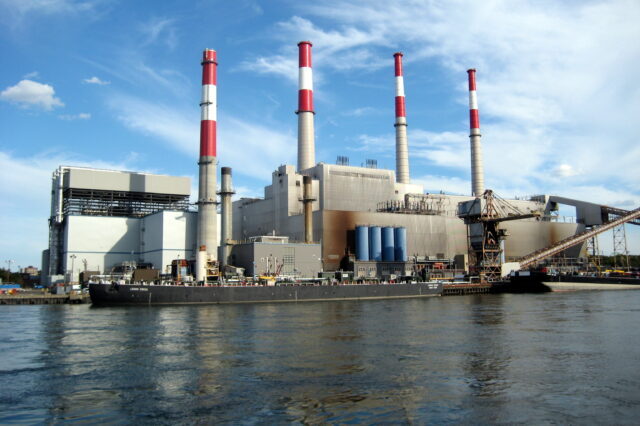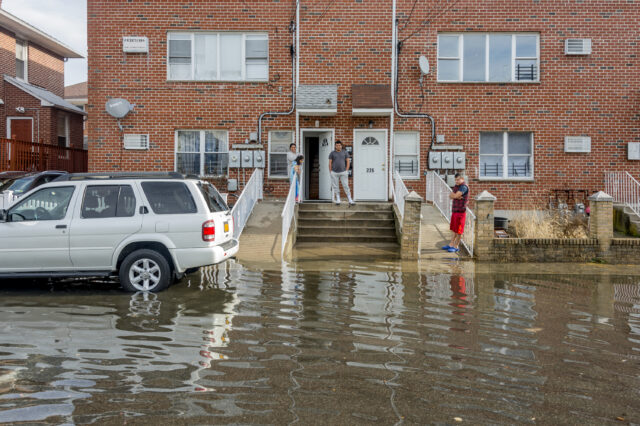Impacts of Extreme Rainfall
Extreme rainfall events pose significant health risks for New Yorkers. New Yorkers can face risks of drowning, particularly those living in basement apartments. During Hurricane Ida in 2021, flash flooding caused by extreme rainfall resulted in at least 13 deaths in New York City. A majority of those who died drowned in basement apartments and at least one was trapped by floodwaters while driving. Older New Yorkers and those with limited mobility face challenges evacuating flooding areas, and New Yorkers who are not English-proficient may not receive emergency information that is in their language or that is culturally appropriate. In particular, undocumented New Yorkers and those experiencing homelessness may be hardest to reach due to limited networks and potential inability or reluctance to access services. Stormwater flooding can also trigger new mental health challenges in a community, given that these episodes often cause high anxiety and stress. Extreme rainfall can even cause sewers to overflow, exposing New Yorkers and natural systems to contaminated water.
When water is trapped in houses or buildings after extreme rainfall, residents could be at risk to mold exposure. Those risks are even greater for lower-income residents living in substandard housing. Additionally, New Yorkers needing home meal delivery or home health care may miss meals or treatment if extreme storms prevent caregivers from accessing their homes or locating them in temporary housing and may not be able to get to medical facilities affected by flooding. Residents who require power for medical care equipment or to refrigerate medication are placed at risk during power outages.
Rezidan ki gen revni fèb gen anpil chans pou yo gen mwens resous finansye pou prepare oswa pou yo reponn a evènman inondasyon yo, epi kèk lojman abòdab gen anpil ekspoze a risk inondasyon. Pwopriyetè kay ki gen revni fèb yo ka gen difikilte tou finansyèman apre yon katastwòf si yo pa gen lajan pou peye pou reparasyon kay ki nesesè yo. Lokatè yo, patikilyèman lokatè ki gen revni fèb yo, gen plis chans pou yo gen mwens kontwòl sou reyabilitasyon kay yo epi yo ka pa kapab refè pwopriyete pèsonèl ki andomaje yo.
Extreme rainfall flooding can limit how New Yorkers move around and their ability to participate in the economy. Extreme rainfall flooding can make some roads temporarily unpassable, limiting commutes, deliveries to businesses, and daily life. Given more dangerous road conditions, cars and buses can experience travel disruptions. Rain-driven flooding can also prevent residents from accessing parked vehicles and in public garages. Below-ground transportation including subway stations can flood.
Extreme rainfall can impair critical community infrastructure like schools, libraries, spaces for youth and senior services, and even cultural sites. New York’s immigrant communities face unique barriers. Twenty-five percent of New Yorkers who are not English-proficient and they may not receive emergency information that is culturally appropriate or in their language.





